These cities prove you don’t need a six-figure startup job to have a six-out-of-ten life—with room for joy.
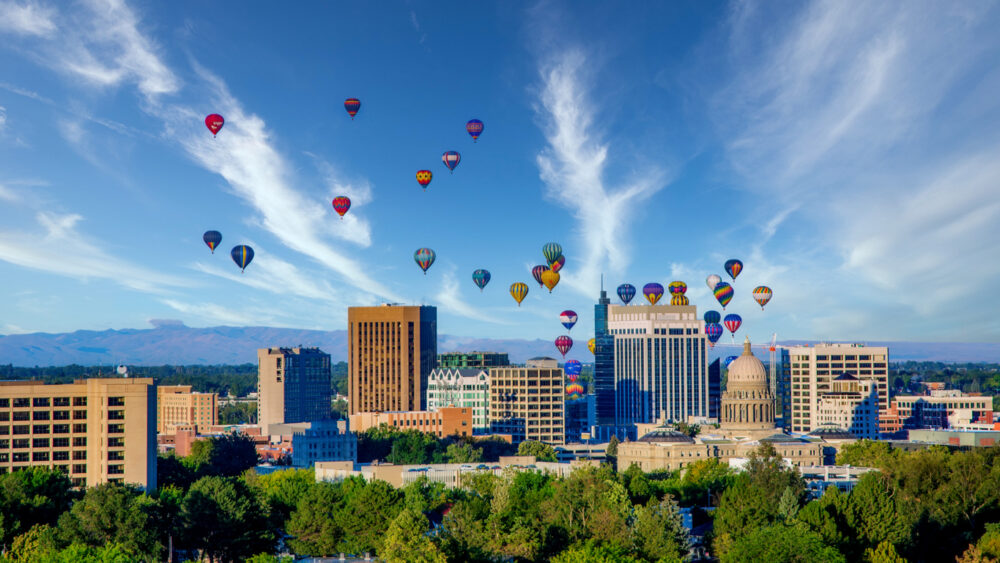
Forget chasing unicorn IPOs and overpriced sushi in tech hubs where rent eats half your soul. A growing number of U.S. cities offer that sweet spot of affordability, creative energy, and livability that doesn’t require selling your twenties to venture capital. These aren’t just cheaper options—they’re better-balanced ones.
If you want to actually enjoy your evenings, own a bike that isn’t also your car, and meet people who don’t brag about pitch decks, keep reading.
1. ’Pittsburgh has charm, grit, and rent you won’t sob over.’
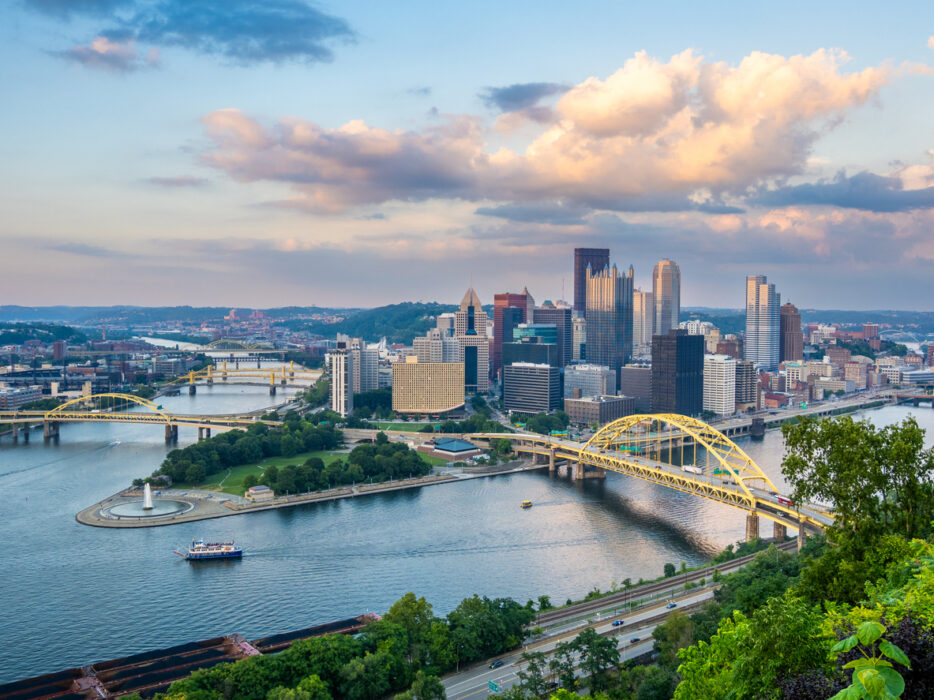
This old steel town has been slowly reinventing itself without losing its scruffy edge. There’s an art scene that thrives in old warehouses, cafés that double as coworking sanctuaries, and housing that doesn’t require ten roommates. Plus, the job market has quietly diversified beyond its blue-collar past. You can work in education, medicine, or media—and still afford to see live music or pick up climbing as a hobby. It’s not flashy, and that’s the point. Pittsburgh lets millennials have weekends again, where brunch is affordable and no one is pitching their app between bites.
2. ’Asheville keeps your stress low and your hiking boots dirty.’
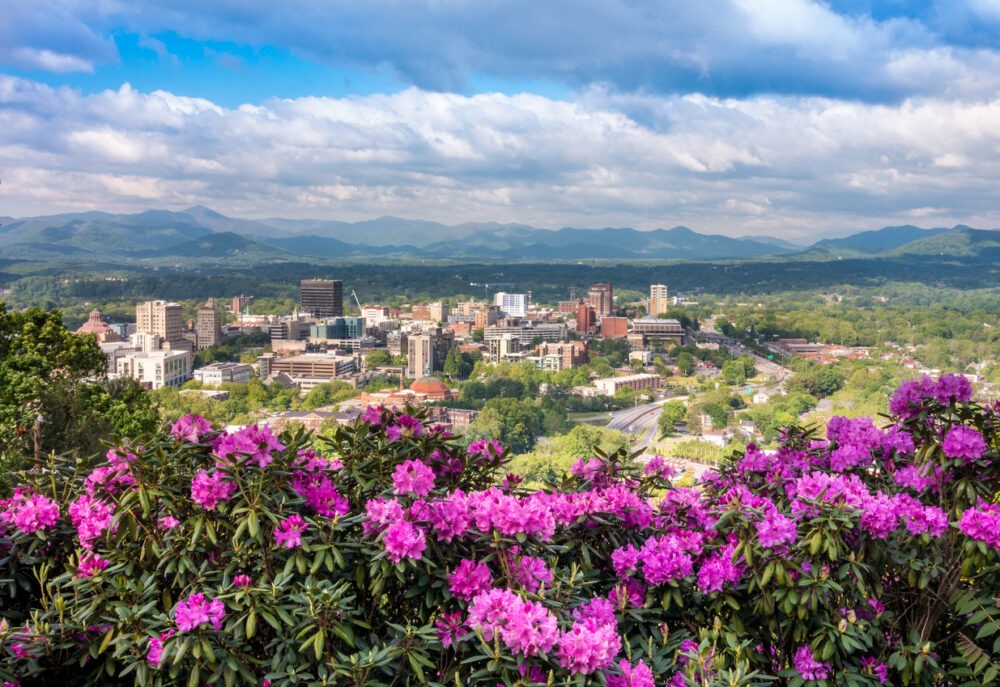
Tucked in the Blue Ridge Mountains, Asheville is the kind of city that lets you breathe—literally and financially. Rent is reasonable, traffic is laughable, and the outdoor access is instant. You’ll find creatives, entrepreneurs, and nature nerds building lives without burning out. The breweries and bookstores are plentiful, and the community vibe is real. It’s the kind of place where people don’t care about job titles as much as how you spend your Sunday. If your ideal lifestyle leans more analog than algorithm, Asheville feels like a soft landing that still pushes you to grow.
3. ’Milwaukee is the Midwest’s most underrated comeback story.’
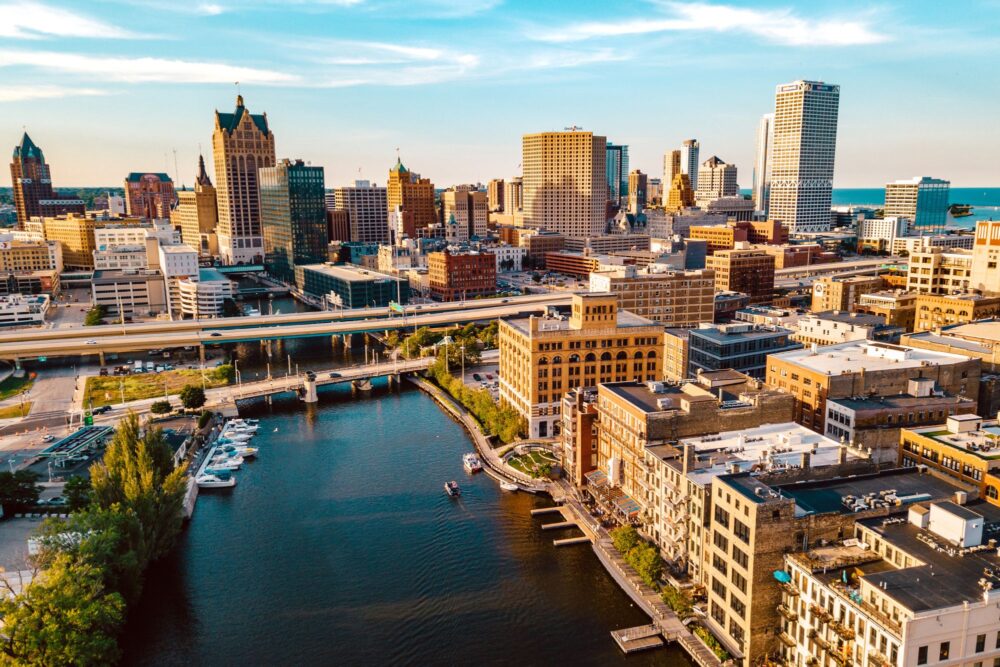
This isn’t your dad’s Rust Belt factory town anymore. Milwaukee has art, energy, and one of the most affordable housing markets on any coast—or lack thereof. The lakefront adds serious visual appeal, the coffee scene is weirdly robust, and the cultural scene runs deeper than outsiders realize. It’s got enough edge to feel interesting but not overwhelming. Millennials here can actually buy property without giving up avocado toast. And if you need a big-city fix, Chicago is close enough without dragging you into its real estate horror stories.
4. ’Buffalo has real community and housing that’s not a scam.’

Buffalo’s renaissance didn’t get the headlines, but it’s happening—and millennials who crave authenticity are catching on. The cost of living is sane, the houses have character, and there’s a strong creative community that shows up for local makers, musicians, and entrepreneurs. Winter is real, sure, but so are the summers—packed with festivals, patios, and lake views. This is a city where people put down roots because they actually can, not because they’re stuck. If you’ve been priced out of charm elsewhere, Buffalo’s like a fixer-upper you’re excited to live inside.
5. ’Des Moines is boring until you realize it’s kind of perfect.’

Des Moines doesn’t try to impress you—and that’s what makes it sneakily great. It’s stable, affordable, and full of small surprises that stack up over time. There’s local art, real coffee culture, green space for miles, and the kind of economic stability millennials crave after a couple recessions. You can have a downtown apartment with skyline views and still save money every month. Nobody’s showing off, and nobody expects you to. For millennials who want their cities to work without all the noise, Des Moines delivers quietly and consistently.
6. ’Richmond has creative fuel and just enough chaos.’
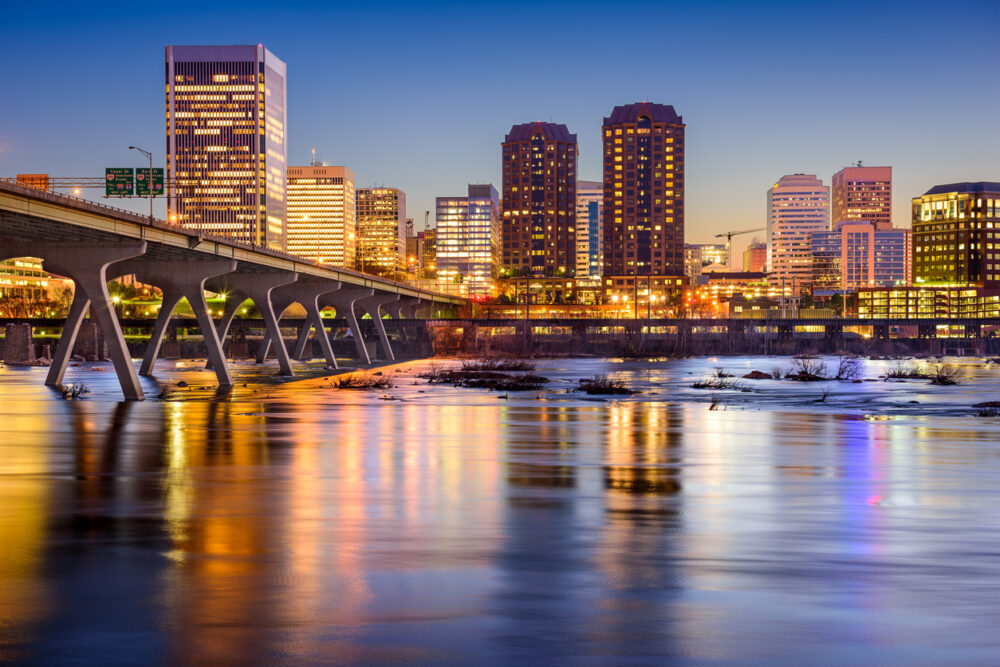
Richmond walks the line between gritty and gorgeous. It has deep history, diverse neighborhoods, and a music and food scene that’s completely on-brand for millennials trying to avoid chain culture. Rent’s affordable compared to D.C., and the job market includes healthcare, education, and a surprising number of startups. The river is swimmable, the tattoos are plentiful, and the DIY vibe makes it feel accessible. Richmond has just enough mess to keep it interesting, without tipping into the kind of burnout energy you get in bigger metros.
7. ’Boise gives you nature, jobs, and enough city to stay sane.’

Boise’s low-key magic is its balance—it’s got mountains without traffic, tech jobs without ego, and a downtown scene that’s just alive enough. Millennials here can hike before work, ski on weekends, and still go to decent shows or craft cocktail bars. It’s a weird blend of wholesome and hip that somehow works. Housing isn’t dirt cheap anymore, but it’s still manageable. If you’re over coastal drama and want clean air, low stress, and a solid income, Boise quietly checks a lot of boxes without screaming about it.
8. ’Providence offers art-school energy on a starter-home budget.’

This little New England city has RISD roots, quirky vibes, and a pace that doesn’t require Adderall to keep up. Providence’s neighborhoods are walkable, the rent isn’t horrific, and the creative community actually supports each other. It’s scrappy but sincere, with enough history to keep it textured and enough innovation to keep it current. Millennials who want Boston’s brains without Boston’s prices often land here and stay longer than planned. It’s a place where ambition doesn’t have to come wrapped in a tailored blazer.
9. ’Tulsa is making work-life balance its entire brand.’

Tulsa’s not on every millennial’s radar—but it should be. The city literally pays remote workers to move there, and the pitch isn’t empty. It has fast internet, a growing arts scene, shockingly nice apartments, and green space galore. You can own a home, walk to good food, and still work for a company in L.A. or New York. It’s for people who’ve realized quality of life isn’t just about where you work—it’s about how you live. Tulsa feels like someone built a chill zone for adults who’ve had enough of burnout.
10. ’Chattanooga turned fiber internet into a lifestyle.’
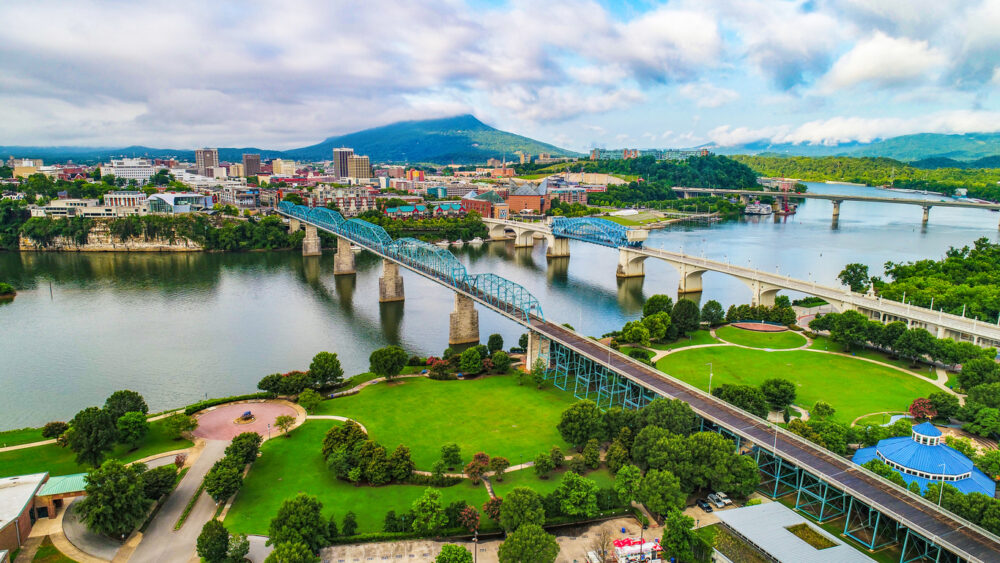
Chattanooga was one of the first cities to go all-in on high-speed internet, and that bet paid off. Now, it’s a magnet for remote workers who want mountain views, low rent, and tech-level perks without the San Francisco attitude. The city has invested in green spaces, public art, and walkability, making it surprisingly livable. It feels like the future—but with Southern hospitality. Millennials looking to build something—business, life, or both—can actually afford to experiment here. It’s not flashy, but it’s quietly everything a post-pandemic generation is craving.
11. ’Albuquerque has sunsets, soul, and space to breathe.’

This New Mexico city is where creatives, desert lovers, and budget-conscious dreamers go when they’re over the hustle. The landscape is cinematic, the culture is rich, and the pace is chill. Albuquerque offers a low cost of living, vibrant Latino and Native communities, and homes that don’t come with crushing mortgages. It’s not polished, and that’s part of the appeal. Millennials who move here aren’t chasing prestige—they’re chasing peace. You get big skies, real tacos, and a sense of calm that’s hard to find in most urban zip codes.
12. ’Grand Rapids is clean, quirky, and secretly kind of cool.’

Michigan’s second city doesn’t make many headlines, but it hits the sweet spot for millennials looking to settle without selling out. It’s clean, safe, walkable, and packed with breweries, public art, and green parks. The economy’s stable thanks to healthcare, education, and design industries, and the housing market is still within reach. You can own a bike, a backyard, and a record collection—all without living paycheck to paycheck. Grand Rapids won’t blow up your Instagram, but it’ll quietly improve your daily life in ways that matter more.
